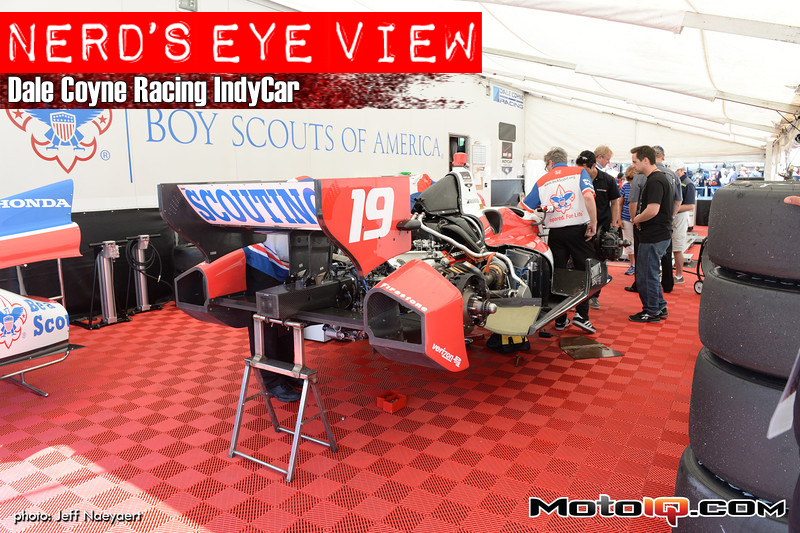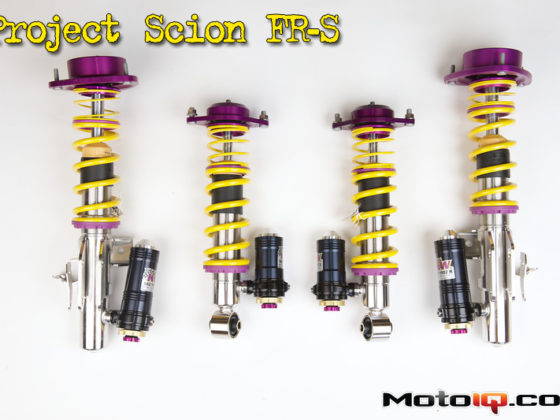,
 The clutch master cylinder is tucked up in the right side pod. More sweat bands in use on fluid reservoirs.
The clutch master cylinder is tucked up in the right side pod. More sweat bands in use on fluid reservoirs. Behind the steering wheel are some more warning lights. On Justin’s left side are the levers for adjusting the anti-roll bars. Notice it is all labeled to help prevent confusion. Plus, there’s the track map.
Behind the steering wheel are some more warning lights. On Justin’s left side are the levers for adjusting the anti-roll bars. Notice it is all labeled to help prevent confusion. Plus, there’s the track map. The steering rack can be swapped out for different ratios. Long Beach requires its own rack due to the tight hairpin leading onto the main straight.
The steering rack can be swapped out for different ratios. Long Beach requires its own rack due to the tight hairpin leading onto the main straight.
 Justin may be really tall, but he’s thin like any formula car driver in order to fit in the narrow cockpit. The padding is altered depending on the track with ovals getting more substantial padding on one side to help support the driver’s head.
Justin may be really tall, but he’s thin like any formula car driver in order to fit in the narrow cockpit. The padding is altered depending on the track with ovals getting more substantial padding on one side to help support the driver’s head. You remember those TV commercials with the beds that are motorized and fold up? This seating position reminds me of them.
You remember those TV commercials with the beds that are motorized and fold up? This seating position reminds me of them. Apparently, I’m not the only engineering nerd wearing Adidas.
Apparently, I’m not the only engineering nerd wearing Adidas.So there you have it, one close-up look at Justin Wilson’s Honda powered IndyCar from Dale Coyne Racing. What really surprised me was the level of adjustment in the suspension system. I sure as heck didn’t know they could adjust the wheelbase. Even though IndyCar is basically a spec series, the level of adjustability can separate the fast teams from the slow teams. For example, if the car is lacking rear traction on corner exit, what do you adjust? Just a few options: spring rates, damping rates, suspension geometry for toe/camber/anti-dive/etc, rear diff setting, rear aero level, or maybe the adjustment is required at the front of the car. I’m glad I don’t have to figure it out.
Many thanks to Dale Coyne Racing for allowing us to crawl around the car while the team was busy wrenching away.

Sources



